Woolly Mammoth Return Getting High-Profile Documentary
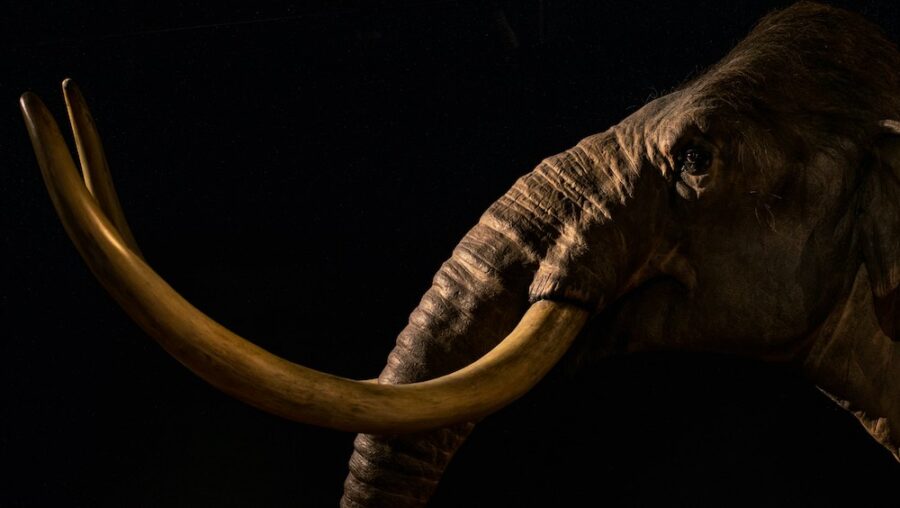
Colossal Biosciences, a de-extinction company based in Austin, TX, is teaming up with filmmaker James Reed and production partner Teton Ridge Entertainment for a multiyear docuseries.
The project promises exclusive access to Colossal’s efforts to bring back extinct animals like the woolly mammoth, the thylacine, and the dodo bird.
Woolly Mammoth Documentary
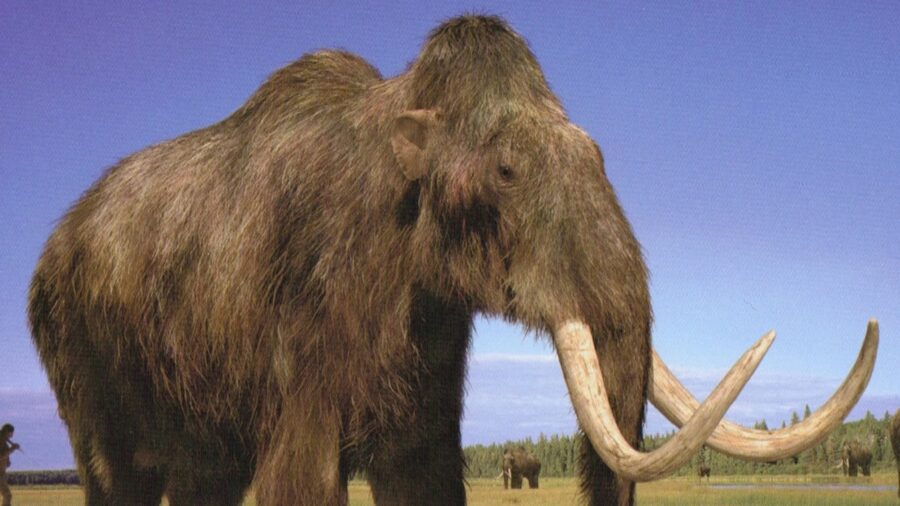
Reed, the Oscar-winning director of My Octopus Teacher, expressed his excitement about the collaboration, stating, “After these past few months with Colossal, I am more excited than ever by the extraordinary work they are doing and what will become an incredible turning point in our history. Their work in de-extinction is fascinating, and what’s coming up is unbelievable.”
The docuseries will provide behind-the-scenes access to Colossal’s entire process, from groundbreaking work on ancient DNA and genetic engineering to documenting the lives of animals, like the woolly mammoth, that have not roamed the earth in thousands of years.
It will also showcase the company’s efforts in cutting-edge conservation technology focused on protecting existing endangered species.
De-Extinction Efforts
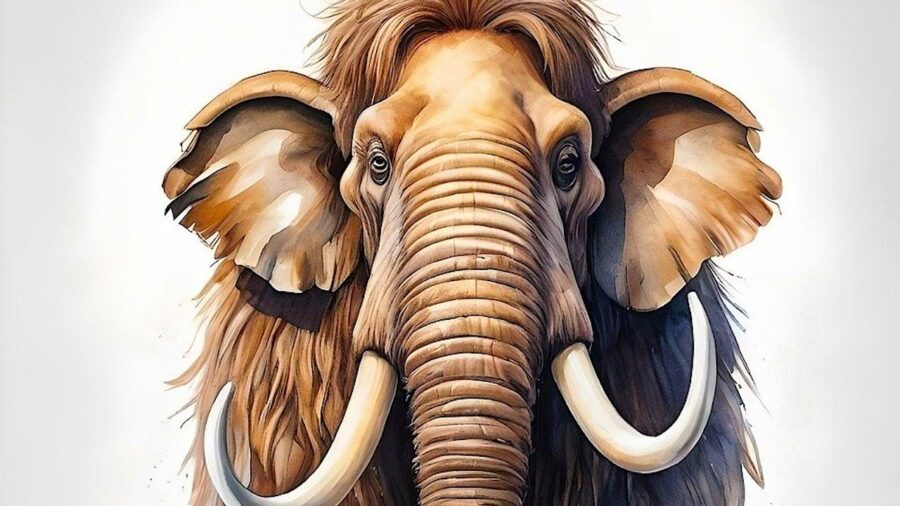
This includes efforts to cure EEHV in elephants, engineering genetic diversity to save the Northern white rhinos, and leveraging artificial intelligence to better understand animal behavior and rewilding impacts.
Colossal Biosciences describes itself as the “world’s first and only de-extinction company” and has raised an impressive $225 million in funding as of 2023, with a valuation exceeding $1 billion.
The company’s mission is to restore the past, preserve the present, and safeguard the future, using CRISPR gene-splicing technology to address the planet’s shrinking biodiversity.
Documenting The Process
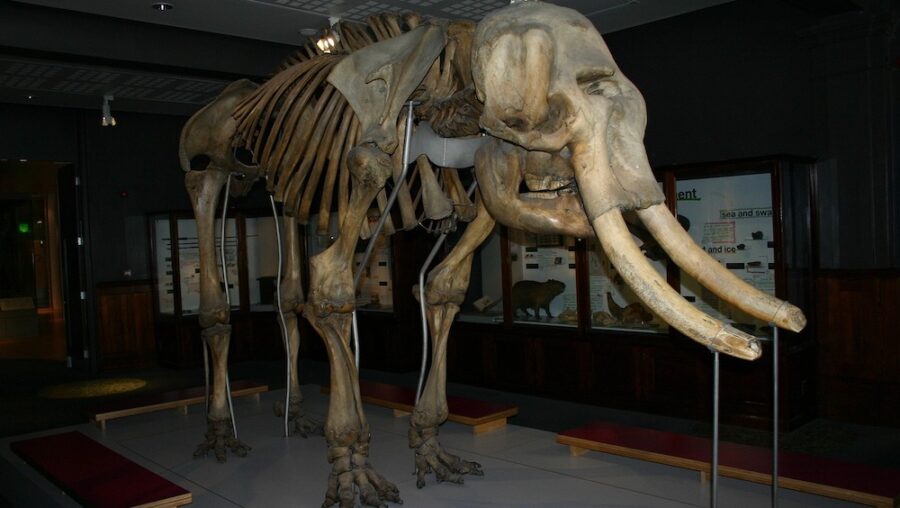
Colossal co-founder and CEO Ben Lamm stressed the importance of transparency in their work with the woolly mammoth, dodo bird, and other animals.
Lamm also praised James Reed as the right filmmaker to document the process of recreating the woolly mammoth and other extinct creatures. “Transparency is core to Colossal’s mission and goals, so working with the right filmmakers to chronicle our journey was incredibly important,” the CEO explained.
“James is at the forefront of nature-focused filmmaking, and there is no one better to lead the undertaking.”
World Is Changing Forever
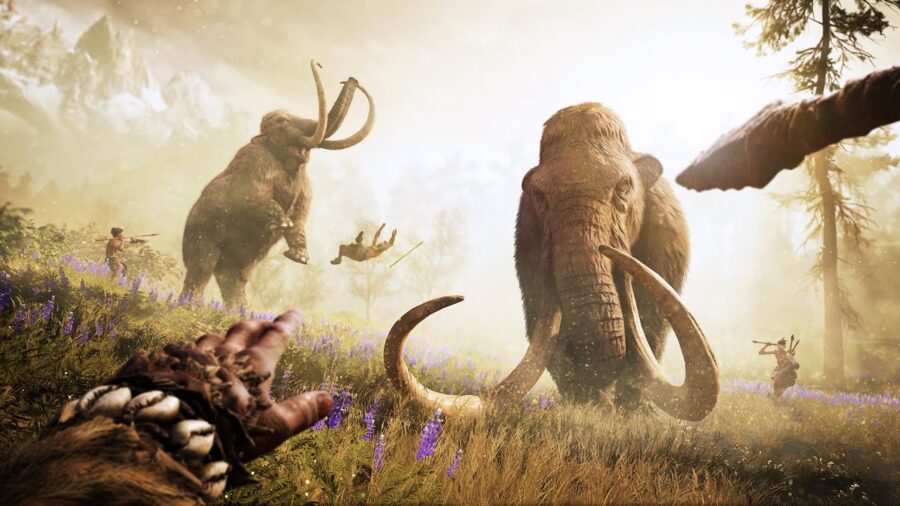
Michael Dougherty, who worked on Godzilla: King of the Monsters, shared the sentiment. “Our world is about to change forever. Extinct species, some of which haven’t walked the earth in thousands of years, are about to return. The thin line between science and science fiction has been erased, and I couldn’t be happier to work with Colossal, Underdog Films, and Teton Ridge Entertainment to tell the stories of the brilliant minds behind this astounding accomplishment.”
Colossal Biosciences

Colossal Biosciences was founded by Ben Lamm and geneticist George Church in 2021. Although the company seeks to revitalize various extinct species, its primary goal is to produce woolly mammoth hybrid calves by 2028. If successful, the plan is to introduce them to the Arctic tundra habitat where they originally thrived.
To accomplish its ambitious goals, Colossal uses innovative methods such as swapping key woolly mammoth genes into the Asian elephant genome, generating high-quality reference genomes, and forming strategic partnerships with organizations like BioRescue to protect critically endangered species.
Despite skepticism regarding the feasibility of de-extinction, Colossal continues to push boundaries.
Many Factors In Woolly Mammoth Extinction
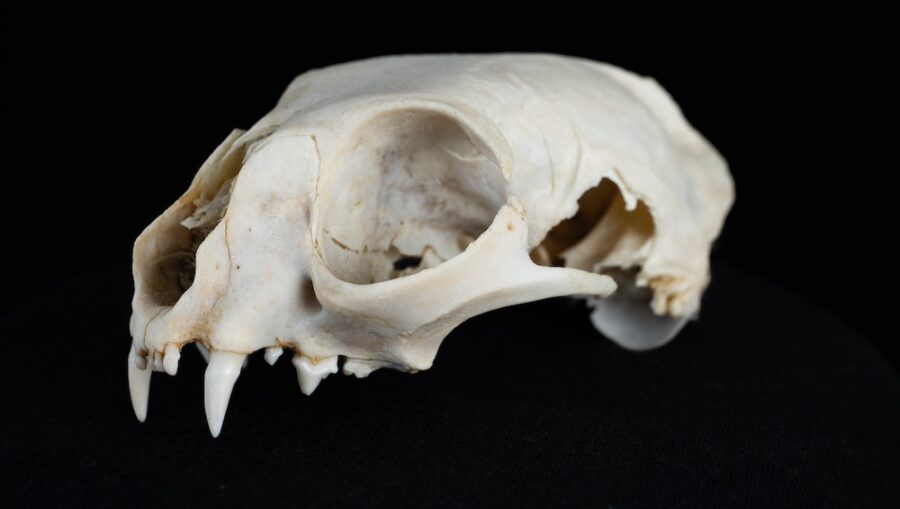
The woolly mammoth (Mammuthus primigenius) lived during the Pleistocene until it became extinct in the Holocene epoch.
Isolated populations survived until about 4,000 to 5,600 years ago on islands like Wrangel Island and St. Paul Island. These mammoths roamed the cold tundra of Europe, Asia, and North America and were well-adapted to the cold environment during the last ice age.
They were about the size of African elephants, around 13 feet tall, with two layers of fur to keep warm. These creatures also had a hump on their back, believed to be fat stores for energy during food scarcity.
The woolly mammoth likely went extinct due to several factors, including a warming climate reducing their habitat and human hunting activities.
Source: Deadline












